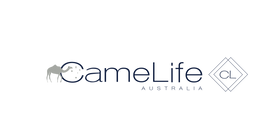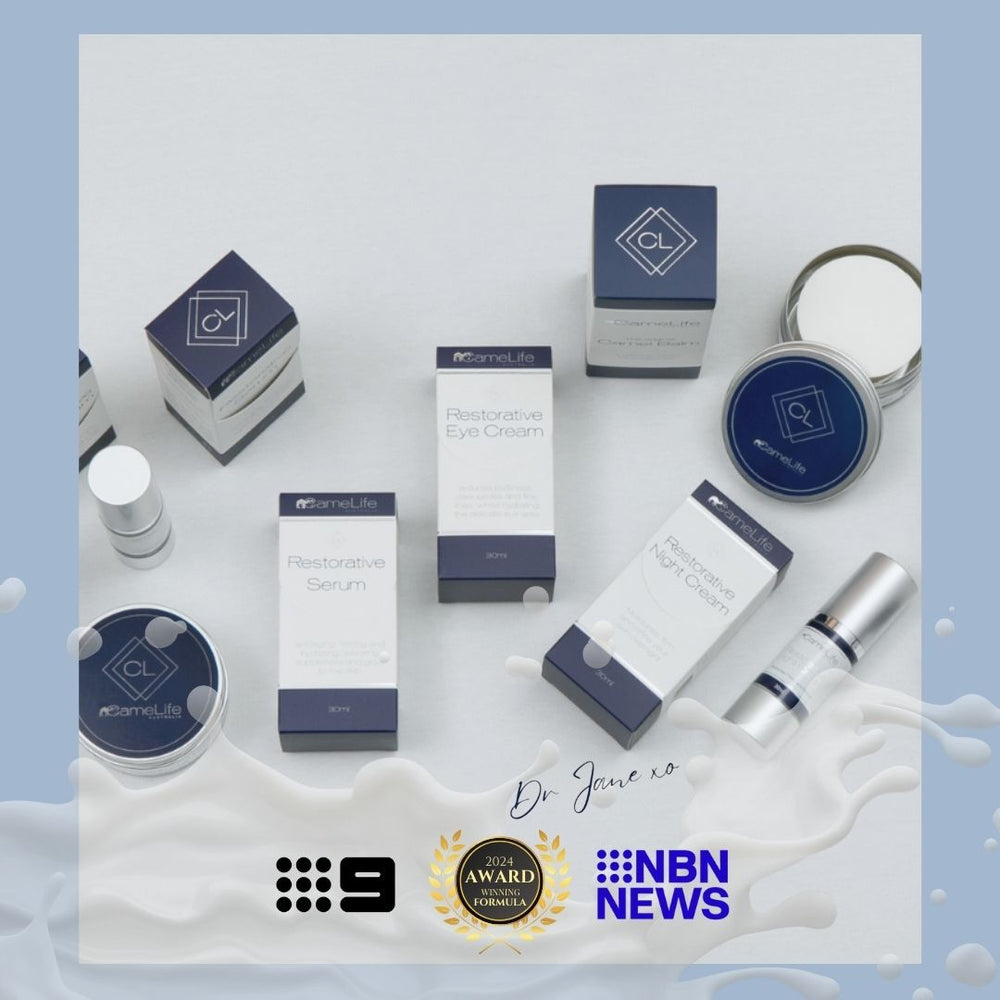Your Skin Explained

Skin Anatomy & Physiology
Your skin is your body’s largest organ, serving as a protective barrier and forming a critical component of the immune system. It regulates your body temperature, prevents water loss and acts a sensory organ. So your skin health is a core component of your wellness; healthy people have healthy skin. And yet we routinely expose our skin to damage through our lifestyle choices, such as diet, environmental and sun exposure. Many of us deliberately apply harmful substances in our cosmetics and treatments.

Epidermis
The Epidermis is the outer layer of your skin that acts as a barrier between your body and the environment. The Stratum Corneum is the uppermost layer made up of flat, dead skin cells called Corneocytes, which form the skin’s barrier. The bottom layer of your Epidermis, the Basal Layer, is where pigment is produced. When you use a cosmetic or skin treatment, the active ingredients must pass through your Epidermis into the layers below, ideally leaving no residue on the surface.

Dermis
The Dermis is the middle layer of your skin, housing nerves, glands, essential proteins, enzymes and blood cells. It is your skin’s “operations” centre, made up largely of collagen and elastin that provide support and structure to your skin.

Collagen
Collagen gives your skin support and structure. It is an essential protein and a key building block of your skin’s foundation. As we age and expose our skin to the environment, particularly the sun, collagen breaks down, leading to fine lines and wrinkles.
Vitamin C is a vital supplement to stimulate your skin to produce collagen. Our bodies don’t make Vitamin C; we get it by eating foods with high Vitamin C content such as citrus fruits or by applying it to our skin. Applying cosmetics and treatments with high Vitamin C content is by far the best way to increase Vitamin C levels in your skin.

Blood Vessels
Your dermis and subcutaneous layer contain a network of tiny blood vessels which supply your skin with vital oxygen and nutrients. These vessels also play a key role in regulating body temperature. Applying treatments that stimulate the micro-circulation of blood within your skin will increase the supply of oxygen and nutrients to where they are needed for skin health, directly enhancing your skin’s wellness.

Elastin
Elastin is the essential protein that gives your skin the ability to bounce back after stretching. Over time, sun exposure and repeated facial expressions damage the elastin in our skin, allowing to sag. Using cosmetics and treatments that supply Vitamin C to your skin will mitigate elastin damage.

Dermal Epidermal Junction
The Dermal Epidermal Junction, or DEJ, connects your dermis and epidermis. Your DEJ contains a network of blood vessels that pass nutrients from the dermis to the epidermis and it thins with age, making the skin more prone to sagging. Stimulating and maintaining microcirculation in your DEJ helps to slow down thinning, so it is vital that you choose cosmetic products that actually stimulate blood flow deep within the skin.

Hypodermis
The Hypodermis is the base layer of your skin, lying below the dermis. It comprised mostly fat, blood vessels, and nerves, acting as a cushion that insulates the body. The health of your dermis is largely determined by what you eat and drink, particularly how well you keep yourself hydrated.

Sebaceous Glands
Located at the root of the hair follicles, the Sebaceous Glands produce an oil, or sebum, which lubricates and waterproofs your skin, forming a film that keeps water in and irritants out. Regular use of cosmetics that keep your hair follicles unblocked and stimulate the blood supply to you dermis will aid sebum production. Conversely, choosing products that block your hair follicles will limit your body’s natural ability to lubricate and waterproof your skin.




